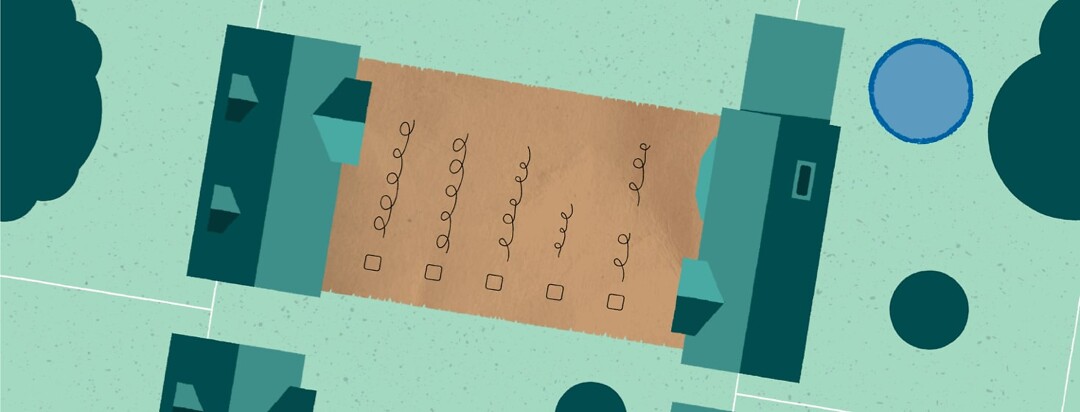Relocating With Diabetes: Checklists Make for a Smoother Move
Moving houses is one of the most stressful life experiences you can go through. It requires managing endless details, constant decision making, and in the end everything is different.
The stress of relocating can disrupt your diabetes management. Normal routines fall apart. Your body produces extra adrenalin. Everything can feel overwhelming.
Best way to deal with the stress that comes from moving? In short: manage what you can and let go of what you can’t. I know, that’s a lot harder than it sounds.
How can checklists help with moving and type 2 diabetes management?
I find making checklists helps — a lot. When I make a checklist all the endless details that are demanding my attention get out of my head and onto a piece of paper. I can group related decisions and tasks. I can choose which item to focus on right now. And, most importantly, I no longer feel like I have to deal with everything at once.
Looking back at my recent move I see three big diabetes-related things that I was able to manage more smoothly because I used checklists:
- Medications and supplies
- Health insurance
- Selfcare routines
Each person’s checklists are going to be unique to them. But here are some notes about the things I found particularly helpful to keep track of throughout my move.
Medications and supplies
Refill all prescriptions before you leave your old house. You want to make sure you don’t run out, especially if there's a gap in insurance coverage or while you’re getting your new healthcare team in place.
Use special handling for your medications and diabetes supplies during travel. You don’t want to simply put all your medications and supplies in a box in the moving van. This is especially true if you use insulin or injectable medication that needs to be kept cool. Keep your medications and supplies with you and together in one place.
Take the opportunity to clear out old supplies and extra medications. Donate what you can. If you have old medical devices that are e-waste be sure to dispose of them properly.
Health insurance and healthcare
You may need to get new healthcare insurance coverage in your new home. This may be true if you cross the county line, let alone move to another state.
If you get your insurance through your employer, be sure to contact the HR department in advance of your move to find out your options and what the process is. If you buy your insurance directly, go to healthcare.gov to find the healthcare exchange for the state you are moving to. As much as possible, start this process before leaving your old home.
Moving also means you will need to build a new healthcare team. You will need to find a new doctor, pharmacy, etc. Your choices for a doctor will be influenced by your insurance and the healthcare facilities in your new community. These days there’s a lot of useful information available online about hospitals and healthcare providers, so you can have some idea in advance about the kind of care that will be available to you.
Selfcare routines
Once you land in your new home (and throughout your move) your daily routine will likely be disrupted. You might not have the same schedule. Your favorite walking trail or gym is no longer nearby. You will have to figure out new daily routines, including your self-care routines, in the new context of your new home and community.
Expect disruptions. Try to anticipate and make a Plan B for anything important that might go sideways. But don’t obsess over the smaller things. For example, running out of medication is important enough to develop a Plan B for getting refills. Not having a pharmacy that will take a full sharps container? Maybe that can wait to be resolved later.
Remember to enjoy the adventure that comes with learning about a new place. Look for parks in your new neighborhood so you know where you can take a walk or exercise. Find out which local market sells your favorite low-carb foodstuffs. Connect with a local patient support group, either in real life or online, so you can build a local support network right off the bat.

Join the conversation